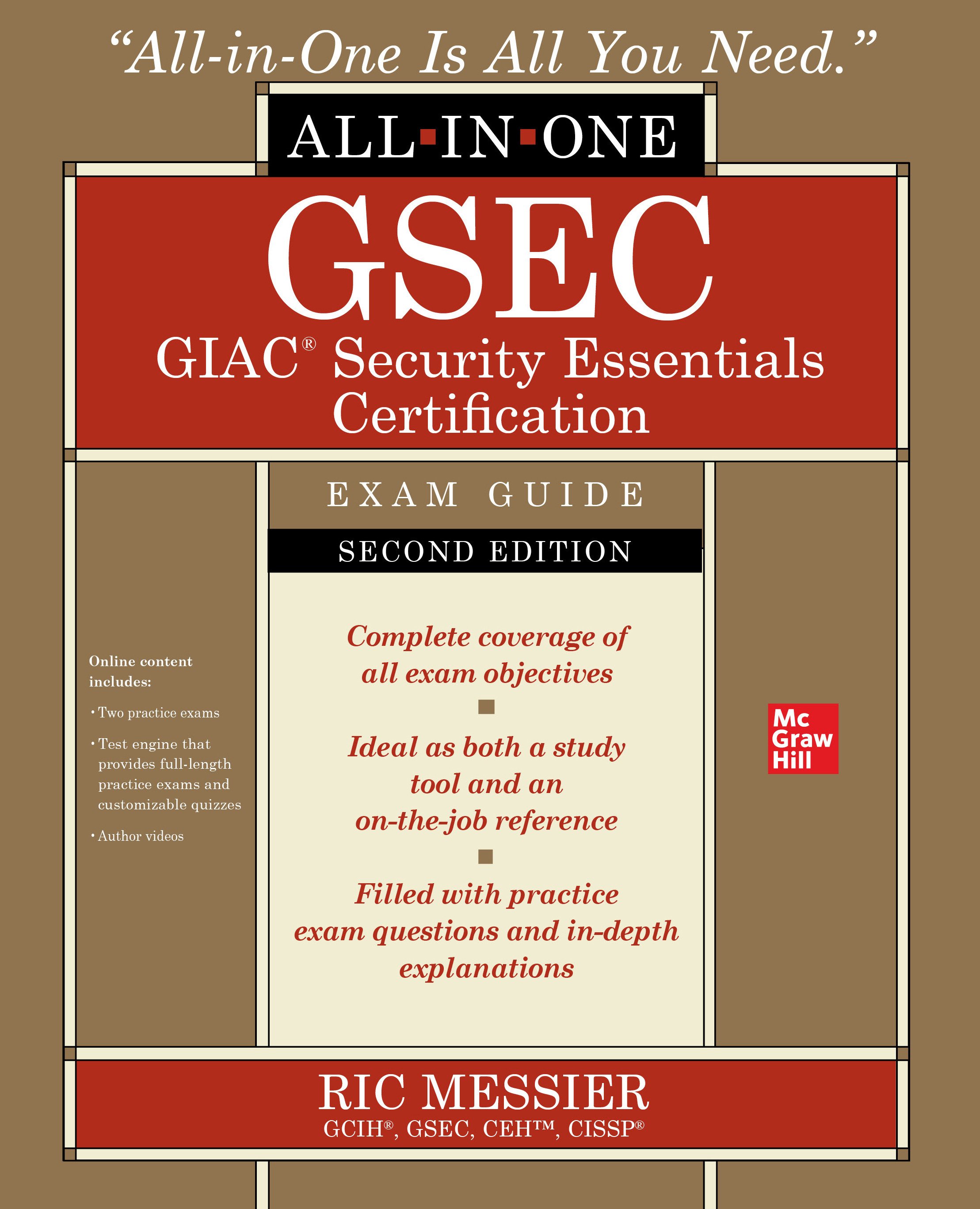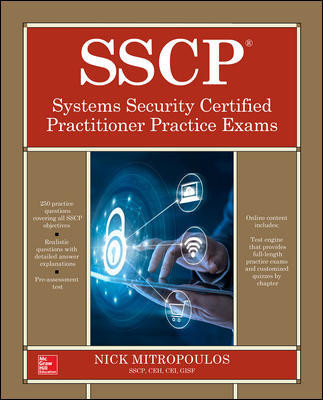Full-body X-ray scanners at U.S. airports underwent more than 700 inspections last year with all tests showing radiation levels below standards used by their manufacturer and the Transportation Security Administration, according to a USA TODAY review of the recently released reports.
Regardless, the TSA is in the final phases of removing the last of Rapiscan's backscatter scanners from airport checkpoints by June. Full-body scanners using a different technology that does not involve ionizing radiation, called millimeter wave, will remain in use to screen passengers.
The TSA has said it was privacy concerns — not radiation — that resulted in the agency canceling its contract with Rapiscan in January. Rapiscan, unlike the maker of the millimeter-wave machines, was unable to meet TSA's deadline to develop software to convert the nude-like images produced by their machines into stick-like figures, USA Today said.
The reports involve about 715 inspections and generally covered radiation tests from December 2011 through December 2012. USA TODAY's review found:
• While all reports showed radiation measurements below Rapiscan's standard of 5 microrem, the amount of radiation measured varies by machine. Eleven inspections showed radiation exposures of 1.3 microrem or less; 47 inspections showed radiation exposures at or above 2.6 microrem.
• Three body scanners had radiation readings of 3 microrem or higher. At Pittsburgh's airport a December 2011 inspection of one machine showed 3.9 microrem. In San Antonio, a scanner had radiation readings in February 2012 of 3 and 3.1 microrem. In Columbus, Ohio, tests showed a scanner delivering 3.3 and 3.4 microrem in December 2011.
• Measurements of radiation leakage outside the scanners rarely detected anything during a 10-scan test. In a few cases, tests detected 1 microrem of radiation leakage, below Rapiscan's standard of 2 microrem.
There is a 25 microrem per screening dose limit for such devices set by the American National Standards Institute.







